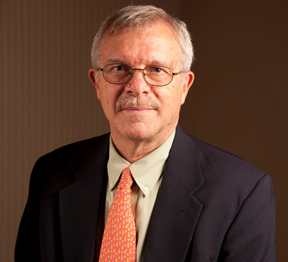
Physician burnout was first described by Herbert Freudenberger in the 1970’s in his book “Burnout: The High Cost of High Achievement.” Burnout was subsequently identified as an occupational hazard in the health care professionals. A study in 2011 identified 38% of physicians to suffer from some degree of burnout, a percentage which rose to 40% in 2013 and 51% in 2017. Those specialists at higher risk were emergency medicine (59%), OB/GYN (56%), followed by family medicine, internal medicine and infectious diseases (55%). Although some specialties appeared less subject to burnout (i.e. dermatology, otolaryngology and ophthalmology), all specialties had some level. Burnout appears to also vary with the ethnicity of physicians, with Asian Indians (46%) suffering the least and Chinese (56%) the most, with Whites, Filipino, and African-Americans all in between (around 50%).
The causes of burnout include bureaucratic burdens, mostly related to the requirements of electronic health records, including “click fatigue,” “alert fatigue,” and distraction from patient interactions. In fact, it has been determined that almost 50% of a physician/patient encounter is devoted to completing the electronic health record. Regulatory requirements were also cited as a cause (presumably the complex issues of coding, billing and prior authorizations for medications). However, there were emotional issues, too, which included prolonged working hours, stressful decision making, worry, a loss of meaning in the profession and a generally poor work/life balance.
Since over 60% of doctors are now women, the question of appropriate work/life balance has become particularly important. Almost no one surveyed claimed to be “extremely happy,” especially among those who reported high levels of burnout. Other causes of concern included the dehumanization of their position, loss of autonomy, and the omnipresent danger of litigation with its corrosive effect on the physician-patient relationship. The leadership qualities of a doctor’s supervisor and colleagues also play a critical role. There must be some true caring from supervisors and colleagues combined with an administration that recognizes physicians for a job well done. Such positive feedback (not just monetary rewards) empowers and inspires physicians to continue their considerable efforts.
Since few people may have much sympathy for highly paid professionals, you may wonder why this is important to the general public. In fact, physician burnout turns out to be a dangerous and costly problem. Burnout leads to early retirement, reductions in work time and turnover of employed physicians. Fatigue and distractions associated with burnout may result in unnecessary testing, referrals and even excessive prescriptions for antibiotics (which increase during the day as fatigue increases). Physician errors, a byproduct of burnout, result in increased risk for malpractice, with its litany of costs and additional stressors for the clinician. Predictably, doctors suffering from burnout are often prone to depression and more will get divorced than the general public. One large health care system estimated that it costs around $750,000 to recruit and train new physicians, not to mention the costs of lost revenue. Most tragically, 400 doctors will commit suicide each year.
It has taken time for the health care community to wake up to this expensive and dangerous problem. Medical schools have established wellness programs to provide emotional and physical support for their students and staff. There are coordinated efforts to re-build trust and collegial bonds between doctors who may view each other more as competitors than trusted colleagues. Efforts are being made to make electronic health records more user-friendly.
Institutional leaders must recognize the issues and recognize the complicity of the organization in the burnout of their physicians. Measures of well-being need to be evaluated as well as the leadership qualities of the administration. Turnover, early retirement, job slowdowns and overt depression must be addressed promptly and with sincerity. Collaborative teams need to be encouraged, and every attempt made to recognize and address the burden of electronic health records.
The tragedy of the American malpractice system also needs to be addressed. Once sued, doctors are discouraged or forbidden to seek support from colleagues and friends. This only aggravates what can be a long, painful and discouraging process, regardless of the outcome. Forced arbitration or elimination of contingency fees would provide immeasurable relief to a destructive system for all but the plaintiff’s attorneys.
Burnout is a system failure, not an individual one. While patients deserve a competent and compassionate workforce, physicians need to recognize their own humanity and the institutions they work for must do the same. Failure to address the problem of burnout will generate more of what we have seen already: deteriorating quality, depression, a broken, demoralized work force and even physician suicide.










